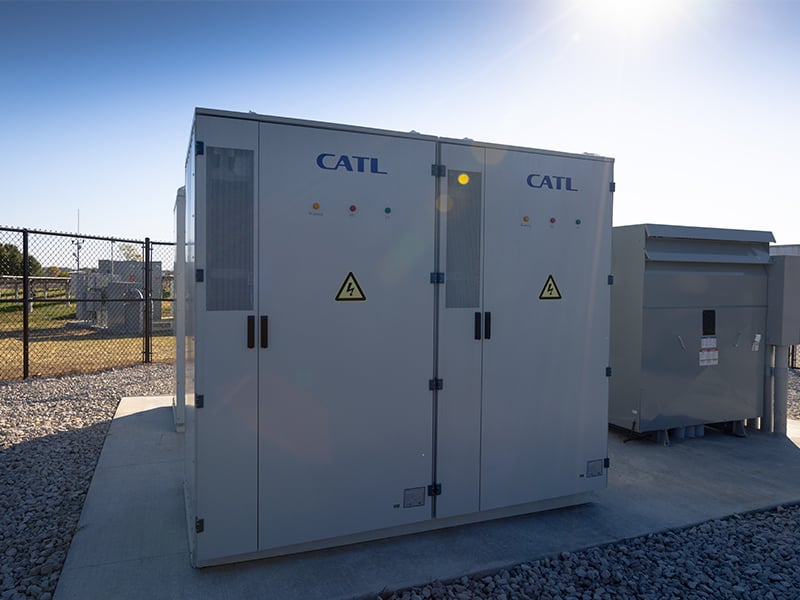
Figure 1. Attended by Vertiv employees and Delaware’s business and community partners, Vertiv launched its Delaware Customer Experience Center featuring a microgrid installation.
In October, Vertiv officially opened its new Customer Experience Center in Delaware, Ohio to showcase Dynamic Power, an innovative solution that demonstrates the power of modern microgrids. Attended by key representatives of the Delaware community and Vertiv, the opening of the facility highlights the ongoing need for new energy solutions that power data centers and mission-critical facilities. These new systems are robust, alternative always-on power solutions to compensate for the less reliable or unavailable grid power — also referred to as “bring your own power (BYOP)”.
The event included a guided tour and process demonstration of the six-acre Delaware site for community partners and guests. Among the opening’s featured technologies was the Vertiv™ DynaFlex lithium-ion battery energy storage system (BESS) connected to the Vertiv™ DynaFlex Microgrid Controller, and Vertiv™ EMS (Energy Management System). Always-on distributed energy resources such as a BESS can reduce generator starts by providing reliable power backup during outages.
At the launch, guests toured the Delaware microgrid, which includes a 1.0MW AC solar PV array, a 400kW hydrogen fuel cell housed in a Vertiv™ SmartMod™, a 1.5 MWh Vertiv DynaFlex BESS, Vertiv DynaFlex Microgrid Controller, and a Vertiv™ Liebert® EXL S1 UPS (Uninterruptible Power Supply).
Vertiv™ DynaFlex BESS, Vertiv™ DynaFlex Microgrid Controller, and Vertiv™ EMS
Vertiv Senior Vice President for Global AC Power Line of Business Leader Kyle Keeper opened the event, underlining that “The way power and thermal management systems for data centers and other mission-critical facilities are designed is going to change. They are already changing, and our customers are coming to us to figure out how to go about it, what is possible now, what is going to be possible three years from now, and a lot of the work that we are going to do here with this facility is going to enable those conversations.”.
At the center of these critical infrastructures and services is the continuous supply of power reinforced by integrated EMS and PCS (process control system) controllers. These modern hybrid energy ecosystems address different enterprise and business needs:
- Anticipating the uncertainties that have occurred in the past such as natural disasters,
- Managing costs in the face of data requirements and scalability, and
- Recognizing the current and future needs of businesses while enabling reduction of negative impacts to the environment and natural resources.

Figure 2. A modern and dynamic energy ecosystem to reduce vulnerability to utility outages by combining multiple power sources and streamlining storage, distribution, and contingency systems
Newer microgrids — self-sufficient energy systems connected to a variety of distributed energy resources (DERs) installed in a specific locale such as a small campus or large manufacturing facility — include BESSs that are “always on”. When properly designed, the BESS provides the necessary services that allow the campus or facility to choose to be on the grid, or off, seamlessly. This means alternative DER assets such as solar panels, wind turbines, and hydrogen fuel cells operate in harmony to reduce carbon emissions and maintain reliability.
Looking ahead with BESS

Figure 3. Guests toured the facilities to understand the integration of the intelligent PMS and how the system anticipates future data center and mission-critical needs
During the event, Vertiv Vice President for Global Power Peter Panfil emphasized that the data center industry is facing several challenges, including AI and generative AI’s consistent need for more power in recent years, as well as its potential for furthering businesses soon. Gradually modernizing power systems from traditional sources to hybrid ecosystems enables firms to audit their resources accordingly and systematically plan an inventory of upgrades with all their other systems in operation spread out over time. In addition to ensuring power continuity, EMSs enable a reduction in power usage, improve personnel safety, achieve sustainability compliance, and improve process efficiency in the long run through the following:
- Functional and operational resiliency
- Always-on backup power and safety with BESS
- Microgrid controller for switch logic, power control, and planning capabilities.

Figure 4. Primary elements of a BESS (Lazard, 2017) that Vertiv can customize according to organizations’ needs and requirements
In using an integrated system for energy storage from multiple power sources with BESS, building and infrastructure operators can provide clients and stakeholders with consistent and reliable uptimes. EMS ensures seamless energy transfers and measurable power flows, energy resources are autonomously prioritized, allocated, and operated while remaining reconfigurable for interventions.
Conclusion
According to Keeper, driving the conversation on improving technologies and responsibly managing resources can “enable Vertiv to help our customers make critical decisions on whether a microgrid and BESS are right for their data center and how to deploy their own microgrid sites.” As organizations and key infrastructure personnel deal with a lack of power availability and resiliency, while trying to increase efficiency, alternative fuel sources are a way to enable sustainable business operations for the future.
Long-term outages are taxing on organizations on multiple fronts, prompting continuous research on how different industries can ensure power and business continuity. At the Delaware Customer Experience Center, Vertiv will continue to work with customers to consistently study potential technologies on distributed energy resources, microgrids, and energy storage systems to plan for a future of “bring your own power”.
For more information on Vertiv’s microgrid and BESS solutions, visit Vertiv.com.





